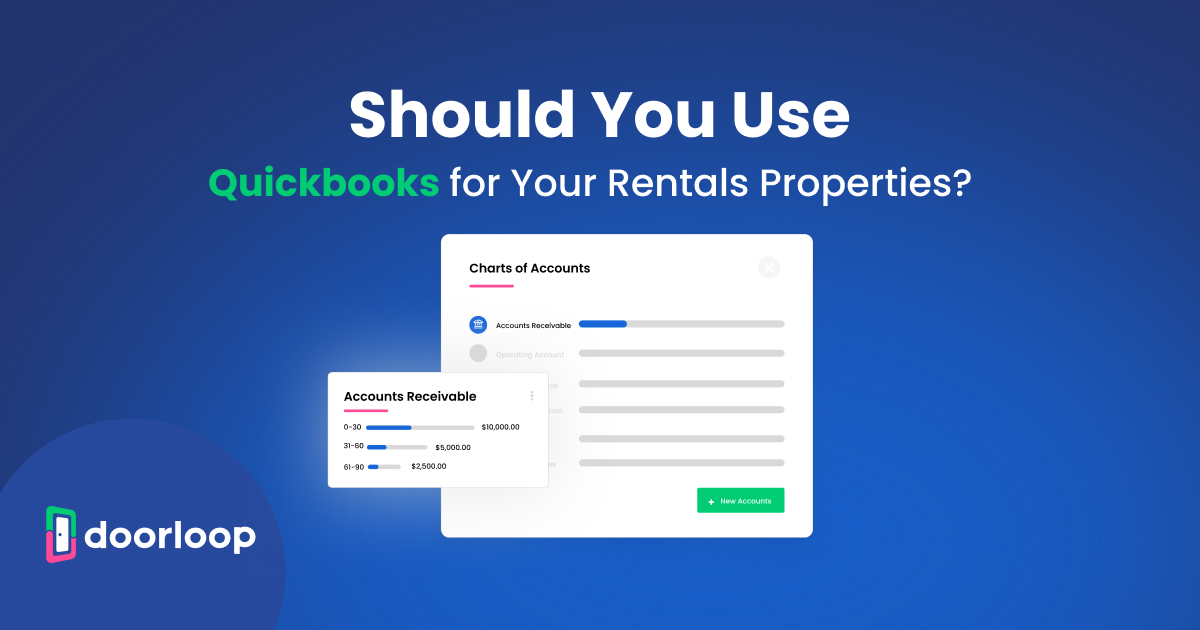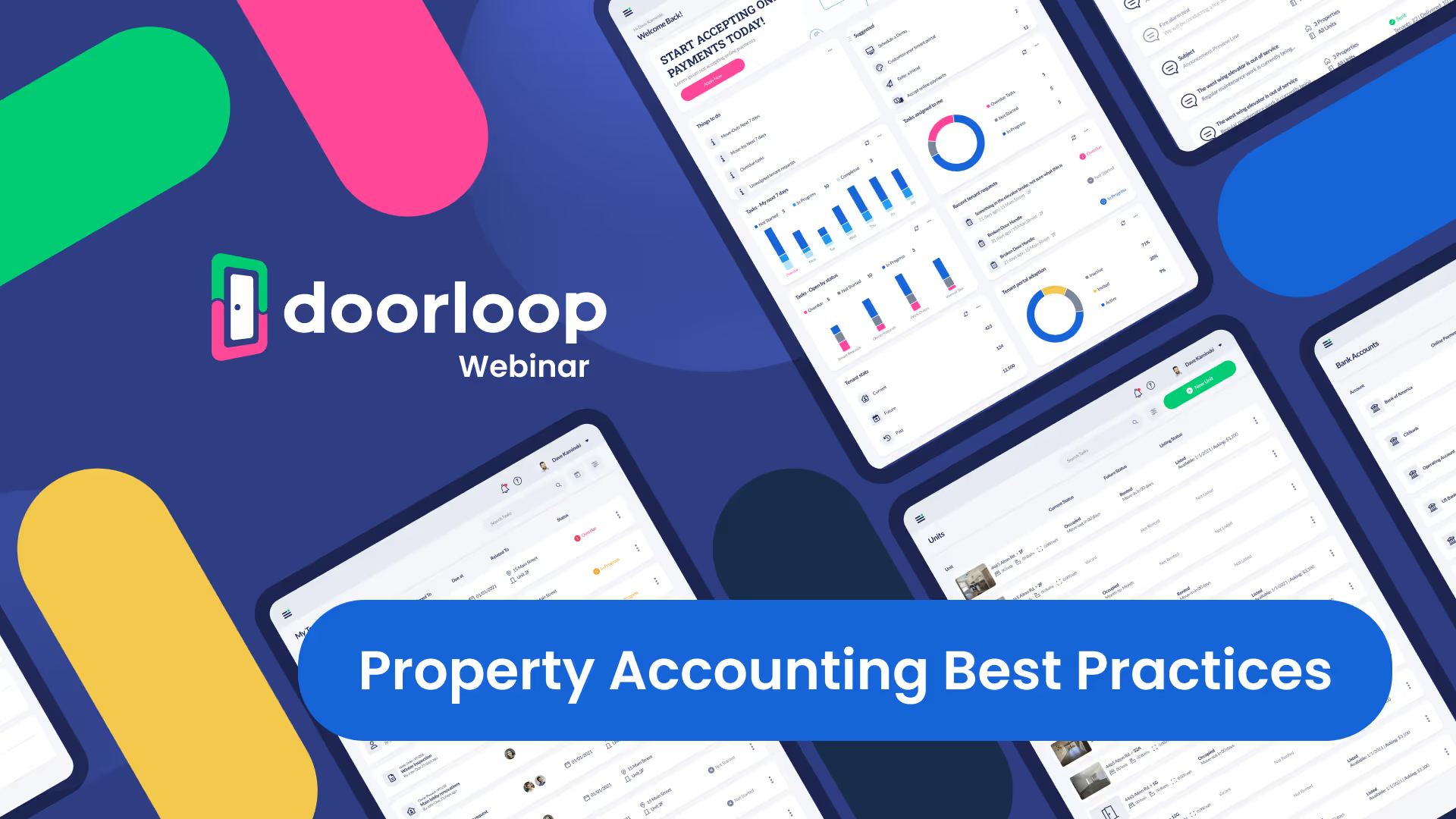Comparing potential real estate investments can get complicated. With so many variables and things to compare- it pays to have the right resources to help you figure out your financial decisions.
An operating expense ratio calculator is one of many tools you can use to do just that. Real estate calculators provide helpful insights that show potential profitability, returns, and much more.
In this guide, we talk about what an operating expense ratio is, what it tells you, and how to apply it to your real estate investments. We explain the formula used by operating expense ratio calculators and provide examples of what it looks like in action.
What Is an Operating Expense Ratio?
The operating expense ratio (OER) is a calculation used in real estate to compare how much it costs to run and maintain a property with the income that the property generates.
It is expressed as a percentage to show clearly what the balance is between potential incomings and outgoings to help you decide if the investment is worth your time.
How to Calculate Operating Expense Ratio in Real Estate
An operating expense ratio calculation is made using three key variables.
Operating Expenses
Operating costs or expenses refer to anything you need to spend to keep the property up and running.
This can include property management fees, operational and maintenance costs, property taxes, insurance fees, pest control costs, tenant screening fees, utility bills, renovations or replacements, and much more.
The first thing you need to do to calculate the operating expense ratio for a property is find the total operating expenses for a year.
Depreciation
Depreciation is an important consideration for several calculations in real estate- including your operating expense ratio.
Most properties depreciate over time, although the amount can vary significantly from property to property and year to year. Sometimes, there may be no depreciation. Other times, it can be a huge amount.
The second step in the operating expense ratio formula is to deduct any annual depreciation from the operating expenses.
Gross Operating Income/Revenue
Gross operating income is the final piece of the puzzle in this calculation. It means the total income earned or the gross revenue generated by the property over a year before expenses.
In residential real estate, this is usually entirely based on rental income, but commercial real estate may have other sources of annual or monthly income to consider as well.
Any income generated is included in gross operating income. When you are looking at a possible investment, you use estimates based on the current market, comparing rental costs with similar properties in the area- and looking at any income the property earned recently (if applicable).
You want this number to be as accurate as possible before you make the calculation.
Once you have established the gross operating income, you can use it in your OER calculation. Take the operating expense total (after the depreciation amount is deducted) and divide it by the gross income.
The Operating Expense Ratio Formula
Here is the formula to calculate operating expense ratio using the variables above.
- (Gross Operating Expenses - Annual Depreciation) ÷ Gross Operating Income = Operating Expense Ratio
This calculation gives you the operating ratio for any particular property.
Example of the Operating Expense Ratio Calculator Used in Real Estate
Let's say an investor owns two apartments (or is looking at purchasing them). They want to work out the operating expense ratio for each one.
Apartment A brings in $2,500 per month, and Apartment B brings $2,300 per month. Both apartments are expected to depreciate by $1,000 this year.
As far as operating expenses go, the taxes, property management costs, and insurance fees are more or less the same. Apartment A has slightly higher maintenance costs, but Apartment B needs to be repainted, which adds a bit to the operating expenses for the year.
Overall, the operating expenses for the year on Apartment A are $3,000. Because of the extra work, Apartment B works out at $3,300.
Now, let's look at each calculation.
Apartment A
- Operating expenses (OE) = $3,000
- Depreciation (D) = $1,000
- Gross revenue (GR) = ($2,500 x 12) $30,000
(OE $3,000 - D $1,000) ÷ $30,000 = 66%
The operating expense ratio for Apartment A is 66%.
Apartment B
- Operating expenses (OE) = $3,300
- Depreciation (D) = $1,000
- Gross revenue (GR) = (2,300 x 12) $27,600
(OE $3,300- D $1,000) ÷ $27,600 = 83%
The operating expense ratio for Apartment B is 83%.
What Is a Good Operating Expense Ratio for Real Estate?
A lower operating expense ratio is better, as it means less of the income generated is spent on operating costs.
The fence posts for what counts as a good operating expense ratio depends on the property type, the market, the investors, and other extenuating circumstances.
Between 60% and 80% is fairly average for residential real estate, but a lower number is always preferable. Industrial properties usually have the lowest OER (less than 20%), with commercial office and retail spaces seeing rates anywhere between 20% and 60%.
Because an operating expense ratio measures the percentage of income spent on an annual basis, the same property could have a completely different OER from year to year. If a property requires a lot of maintenance and capital improvements in one year, the ratio could look very high. However, the next year it could look excellent.
It is important to look at the operating expense ratio as part of a bigger picture- not as the sole decider on whether or not to invest or as the measure of how successful an investment has been.
When to Leverage OER for Real Estate Investors
Calculating the operating expense ratio comes in handy for comparing investments. It helps weigh up profitability in a slightly different way to other calculations, such as capitalization rate.
You can also use it to check the operational efficiency of a specific property in your portfolio. A lower OER typically means the property is being managed efficiently, and a sudden hike (or drop) in expenses could signal a problem.
If you notice a property has a higher OER than it used to, it could alert you to inefficiencies with your utilities, for example.
It is also commonly used by investors to compare potential purchases. A real estate company looking for the most profitable investment can use an operating expense ratio calculator to find the property with the higher net income (earnings after expenses).
Explore DoorLoop Calculators for Most Interesting Investment Insights
Operating expense ratio is just one of the measurements that help real estate companies and individual investors manage their financial decisions. The range of DoorLoop calculators available provides various ways to track your finances in the rental property space and maximize your profitability.
Check out the rest of the DoorLoop property management software by scheduling a free demo. Experience all the ways it can enhance your business, streamline your processes, and help you get more out of your real estate investments.
Summary
Using a calculator to work out the operating expense ratios for individual properties is fast and easy- and can give you valuable insight into the performance- or potential performance- of a real estate investment.
































.svg)
.svg)

